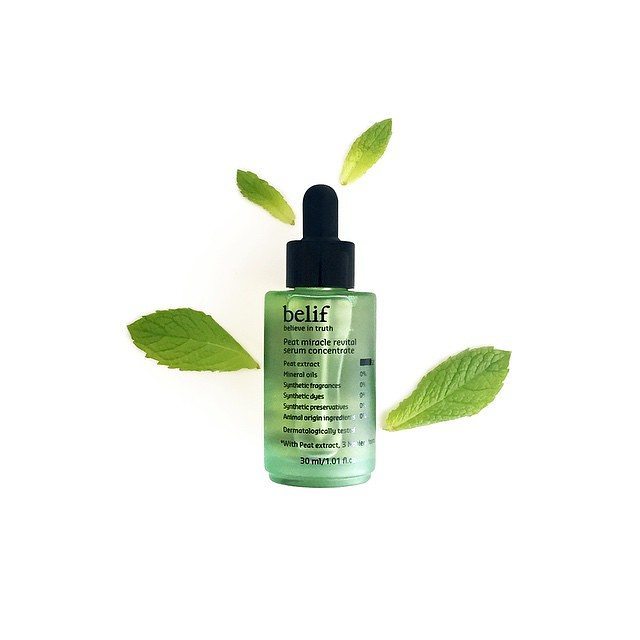New and flashy things are all the rage. You’re reading this article on a slick smartphone or computer you couldn’t bear to live without, yeah? But there’s a certain luster in the old and ancient, too, and thousands-year-old peat is a testament to that.
For those unacquainted, peat is a substance that comes from moors, bogs and old glaciers from around the world. It’s comprised of dead, decomposed plant residue, making it rich in minerals and antioxidants and, as such, it is considered a powerful anti-aging ingredient. Let’s discuss!
Bog Mummification
Hold on for a second, because we’re about to get a little gritty. Bog mummification is the phenomenon of human bodies being naturally preserved within a peat bog. We’re talking about 3,000-year-old cadavers (referred to as “bog bodies”) that have impressively “retained their skin and internal organs due to the unusual conditions of the surrounding area.” Peat makes the bog water acidic and that, combined with cool temperatures and little-to-no oxygen, help preserve the bodies so dramatically.
You can see, then, why skin care companies have harvested peat and integrated it into their products. The idea is that if peat can keep a 3,000-year-old body looking young, then it can surely help those who are under 100!
Types of Peat
In terms of skin care ingredients, peat comes in multiple forms. First, there’s peat extract, which is arguably the most potent and refined form of peat since it isolates and extracts specific organic compounds from complete peat. Products that include peat extract include Korean-brand Belif’s Peat Miracle Revital Serum Concentrate Essence and their complementary Peat Miracle Revital Clay Mask, which contains both peat extract and whole peat.
Speaking of, whole peat consists of the dry, solid portions taken from a bog or moor. It can either be left in mud form, or be pressed to extract the dry portion, then added to other ingredients. We’ve yet to see Korean brands really utilizing whole peat or peat mud, but if you’re interested in trying some on, Peter Thomas Roth’s Irish Moor Mud Mask is a good option, as is Farmhouse Fresh’s Peat Perfection Enriched Mask.
There’s also peat water, which is a less concentrated, and therefore less potent but also often less expensive, form of peat. Peat water comes from moors and bogs, as well, and the water itself is often descended from ancient, melted glaciers and is naturally infused with all the good stuff found in whole peat. Peat water is found in our TonyMoly Sny-ake Eye Mask, a product that revitalizes and hydrates the delicate under-eye skin that’s susceptible to fine lines.
Peat Skin Care Benefits
Clearly, peat’s most boasted benefit is its ability to prevent and reverse signs of aging. It presumably does so by shielding the skin from free radicals and boosting collagen production. Peat also helps improving cell turnover, increasing skin elasticity, and tightening pores. This powerful ingredient is also considered a gentle, mild astringent and an anti-inflammatory, which may be beneficial to those with psoriasis, eczema and otherwise dry or sensitive skin. In that sense, peat is considered a safe ingredient for various skin types.
So let’s give it up to peat, which relies on the old to keep us young.
